How Intel's revamped IT dept helped generate record revenue
Intel shows the value of using the latest analytics, mobile, collaboration and cloud tools
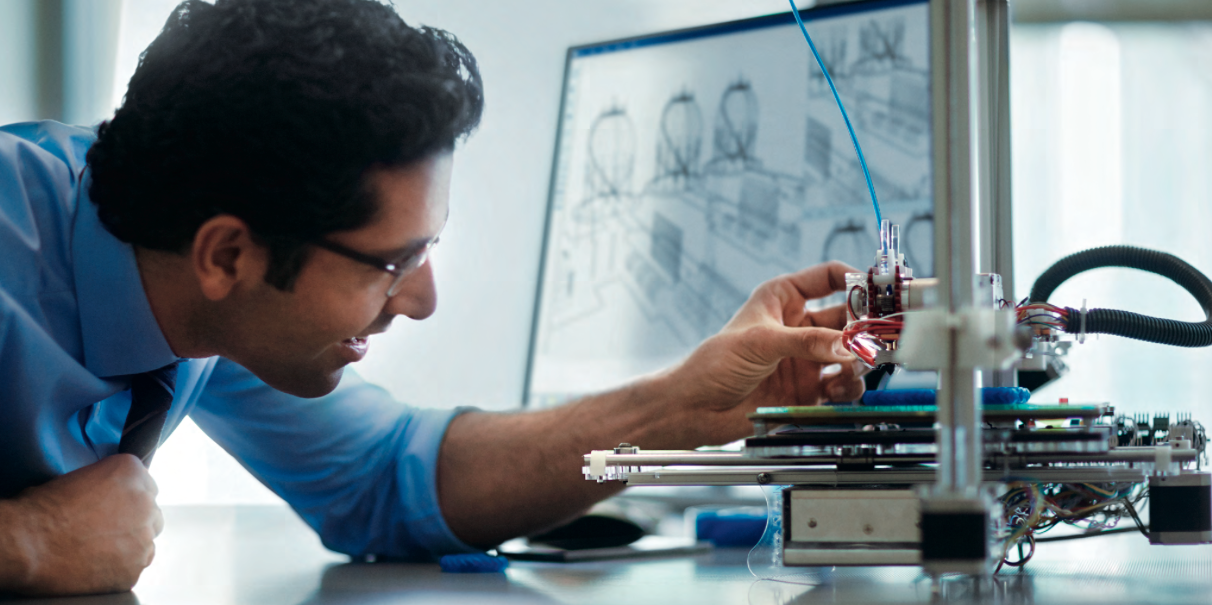
Intel has given an insight into how it's used mobile, analytics, collaboration and cloud technology to drive productivity and record revenue.
In its annual IT Business Review, Intel CIO Kim Stevenson highlighted how upgrading internal systems and processes made a significant contribution to the firm's record revenue of $55.9 billion during 2014.
Despite cutting IT spending per employee from $13,600 in 2012 to $12,700 last year, Intel appears to have made significant improvements to its infrastructure and workflow. Below are the five key takeaways from the report.
1) Boosting revenue through analytics
The deployment of business intelligence and analytics tools added $351 million to Intel's revenue during 2014.
Intel used predictive analytics and real-time data analysis to help its sales teams identify opportunities for high-volume sales, and to increase cross-sell and up-sell.
Analytics were also used to make critical business decisions, such as when to adjust product pricing, use rebates and how much inventory it should produce.
Get the ITPro daily newsletter
Sign up today and you will receive a free copy of our Future Focus 2025 report - the leading guidance on AI, cybersecurity and other IT challenges as per 700+ senior executives
2) Mobilising the workforce
Like many enterprises, Intel has realised that providing the latest technology is crucial when it comes to attracting/retaining high-calibre staff.
Intel has over 106,000 employees - with almost everyone using laptops via corporate deployment and BYOD schemes.
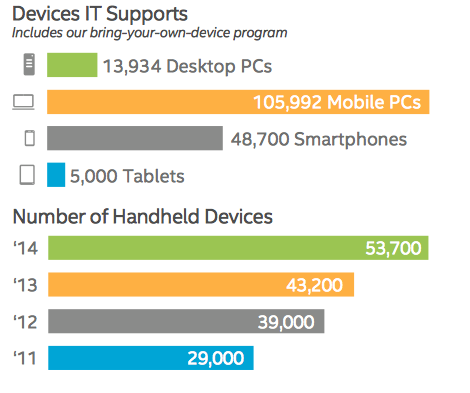
The firm supports all major smartphone platforms and a big chunk of the workforce is using an Ultrabook or a 2-in-1 (45,000 touch enabled devices have been deployed).
Although tablet use at Intel is relatively low (5,000) at present compared to the size of the workforce, workers have reported benefits in proof of concept trials.
Productivity of technicians using tablets was up 17 per cent and printing needs were reduced as they avoided printing 300 pages per tool repair.
3) Connecting employees with leadership via social media
Intel promotes the use of collaboration tools so employees can work together in real-time and increase efficiency. Internal results indicate that teams using such tools save 19 hours of time per month.
However, one of the more interesting ways Intel uses social media is to allow employees to interact with executive leadership. This helps bridge the gap between the 100,000-strong workforce, which is spread across 170 sites in 66 countries.
The chipmaker introduced a virtual "Take it to the Top" forum in June 2014. Intel CEO Brian Krzanich and Intel President Rene James took part, together with 14,000 employees. In total 700 questions were submitted, with the most popular voted for by employees and put to the execs.
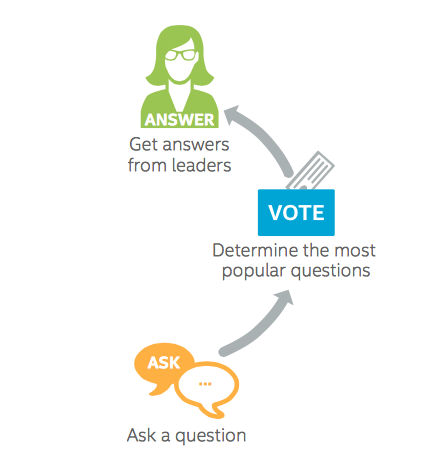
After positive feedback, Intel said it will expand this system to local teams - to help solve problems and generate ideas. It also plans to add web chat capabilities.
4) Saving money via private cloud
Intel deploys a private cloud, through which it deploys services - and claims this saves it $7.5 million per year. The firm is also experimenting with making the move to a hybrid cloud, which will help it optimise its internal processes.
"Hybrid cloud hosting also increases flexibility, allowing us to dynamically adjust capacity when needed to support business initiatives efficiently," Intel noted in the report.
5) Creating smart factories and office buildings
Intel is deploying IoT-enabled sensors and analysing data to improve its factories.
The chipmaker is estimating an increase of $30 million in output and yield when such systems are deployed across its assembly and test facilities. This will involve analysing pressure variation and monitoring the status of complex equipment to detect any potential failures.
Intel has also been working on creating a scalable "smart building" reference design.
So far the focus has been on saving employees the time it takes to find a conference room. On average it takes employees three minutes to locate a meeting room - resulting in a loss of 11,400 hours per year. The firm is aiming to help employees see available rooms in real-time.
By kitting out offices with motion, temperature, light and door sensors, Intel is also working on ways to increase efficiency by enabling automation.
-
 Third time lucky? Microsoft finally begins roll-out of controversial Recall feature
Third time lucky? Microsoft finally begins roll-out of controversial Recall featureNews The Windows Recall feature has been plagued by setbacks and backlash from security professionals
By Emma Woollacott Published
-
 The UK government wants quantum technology out of the lab and in the hands of enterprises
The UK government wants quantum technology out of the lab and in the hands of enterprisesNews The UK government has unveiled plans to invest £121 million in quantum computing projects in an effort to drive real-world applications and adoption rates.
By Emma Woollacott Published
-
 Gaining timely insights with AI inferencing at the edge
Gaining timely insights with AI inferencing at the edgeWhitepaper Business differentiation in an AI-everywhere era
By ITPro Published
-
 Scaling AI from pilot to production: Maximize AI impact with HPE & Intel
Scaling AI from pilot to production: Maximize AI impact with HPE & IntelWhitepaper Transform AI proof-of-concepts into full-scale implementations
By ITPro Published
-
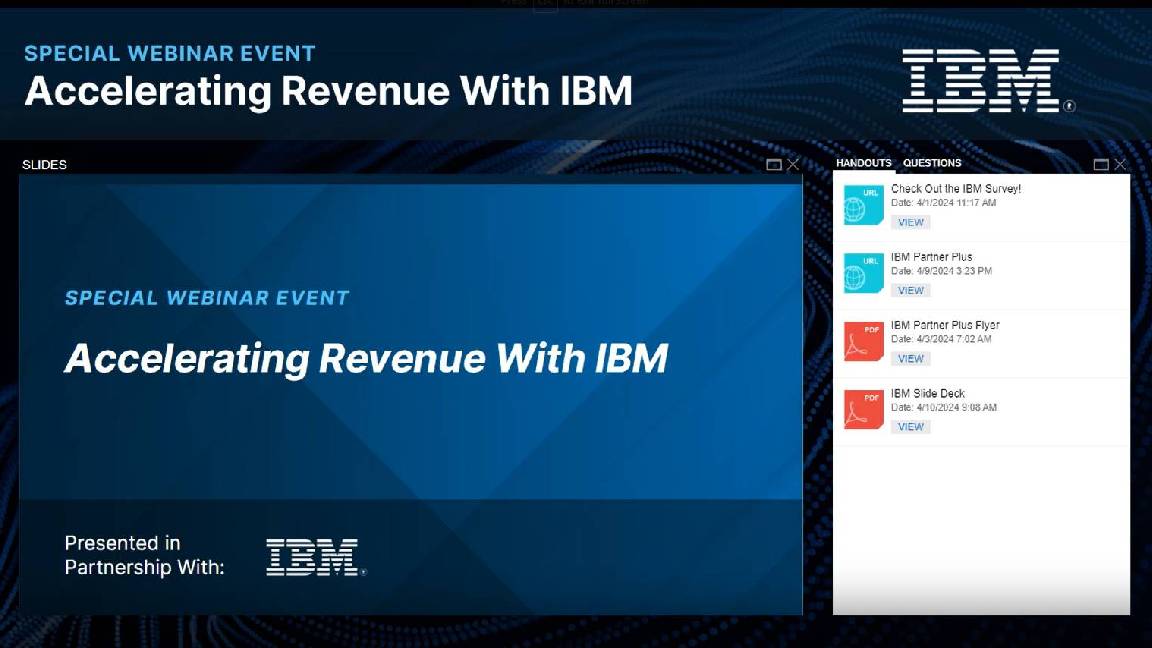 Accelerating revenue with IBM
Accelerating revenue with IBMwhitepaper Increase your impact and grow new revenue streams
By ITPro Published
-
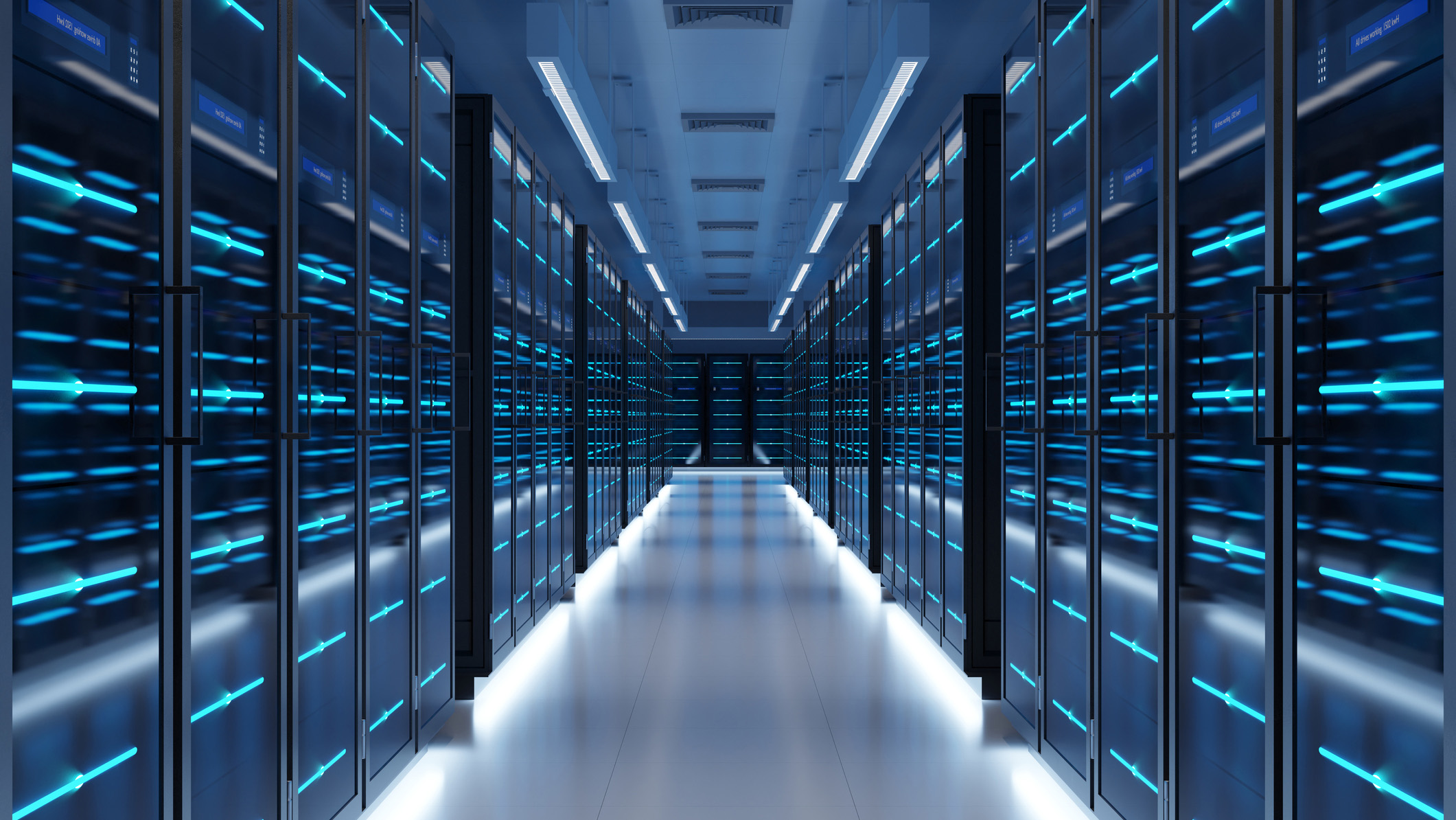 UK supercomputer boom as HPE and Dell receive funding for new AI cluster
UK supercomputer boom as HPE and Dell receive funding for new AI clusterNews The UK’s AI computing capabilities will increase by an order of magnitude in 2024
By Rory Bathgate Published
-
 AI gold rush continues as Hugging Face snags $235 million from IBM
AI gold rush continues as Hugging Face snags $235 million from IBMNews The investment round, which brings the company's valuation to $4.5 billion, also includes Amazon, Google, Intel, and Salesforce
By Richard Speed Published
-
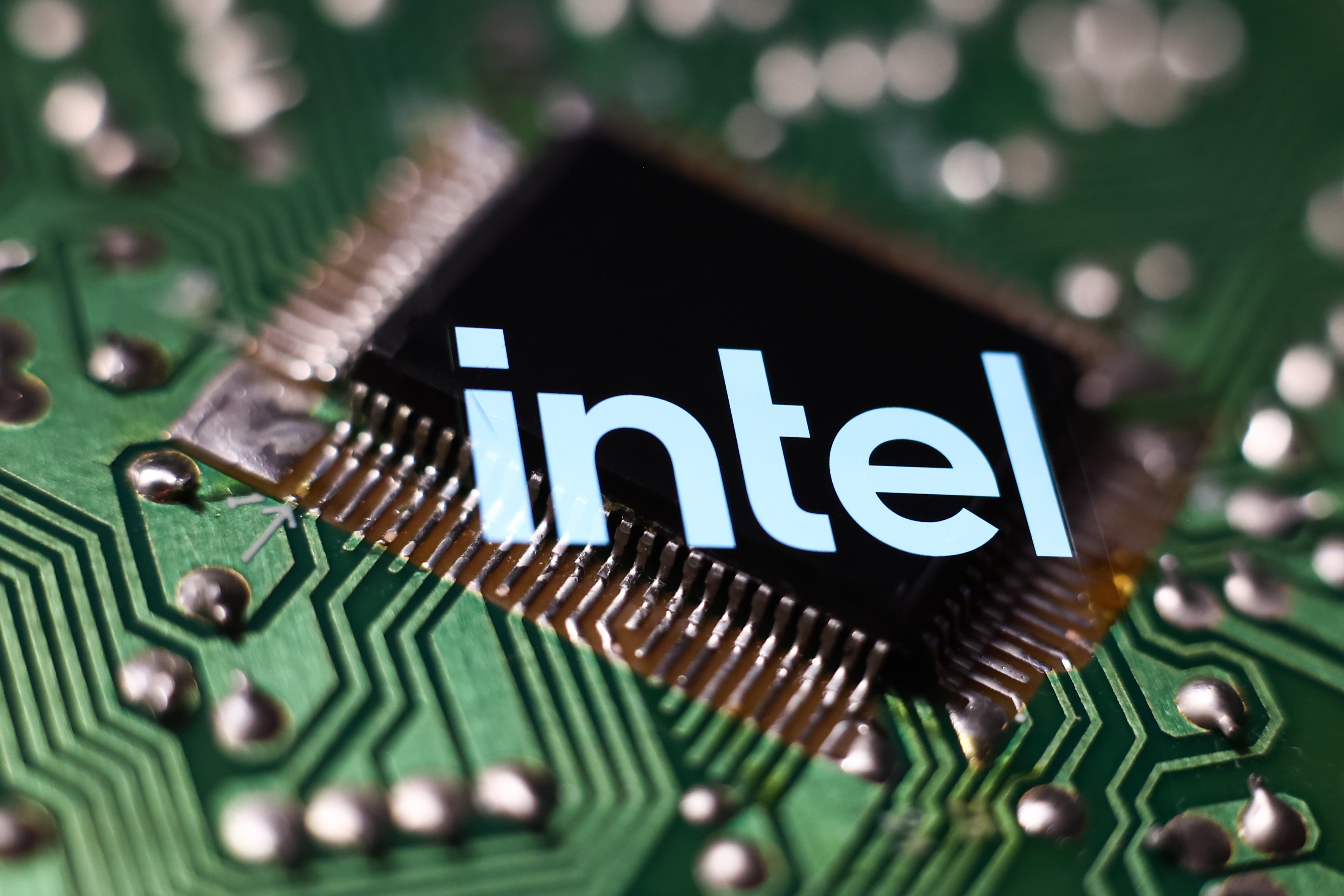 Why is ASUS reviving Intel’s NUC mini-PC line?
Why is ASUS reviving Intel’s NUC mini-PC line?News The diminutive PC is to rise again while analysts look for the business case
By Richard Speed Published
-
 Magic Quadrant for Full Life Cycle API Management
Magic Quadrant for Full Life Cycle API ManagementWhitepaper Assessing vendors in the fast-evolving full life cycle API management market to help software engineering leaders pick the right one
By ITPro Published
-
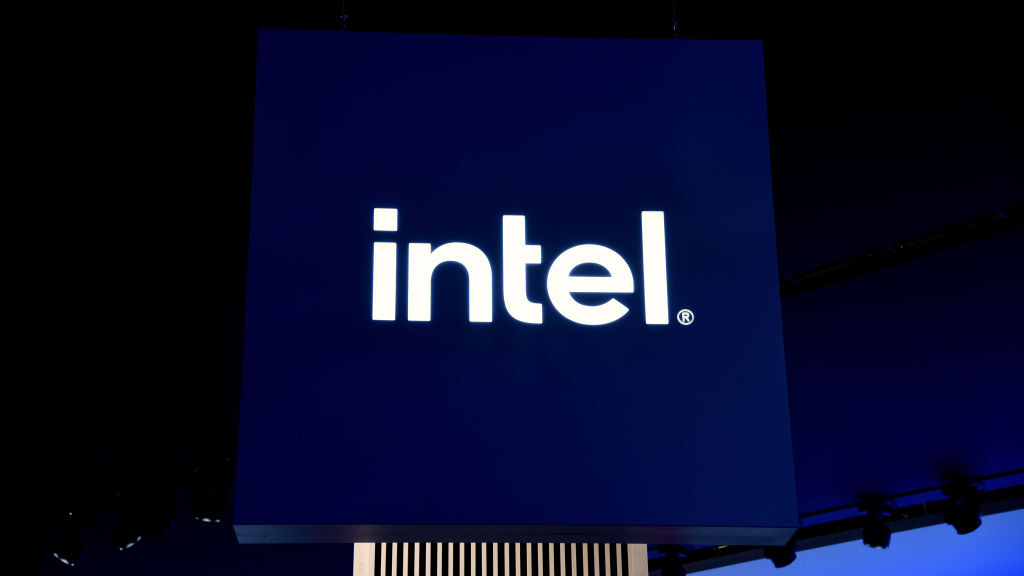 Intel targets AI hardware dominance by 2025
Intel targets AI hardware dominance by 2025News The chip giant's diverse range of CPUs, GPUs, and AI accelerators complement its commitment to an open AI ecosystem
By Rory Bathgate Published